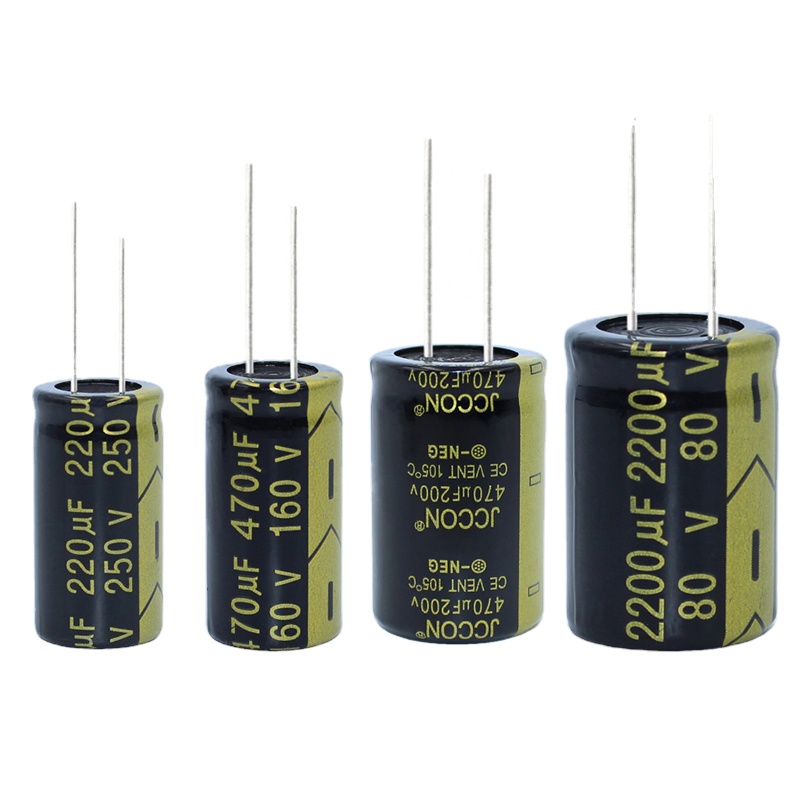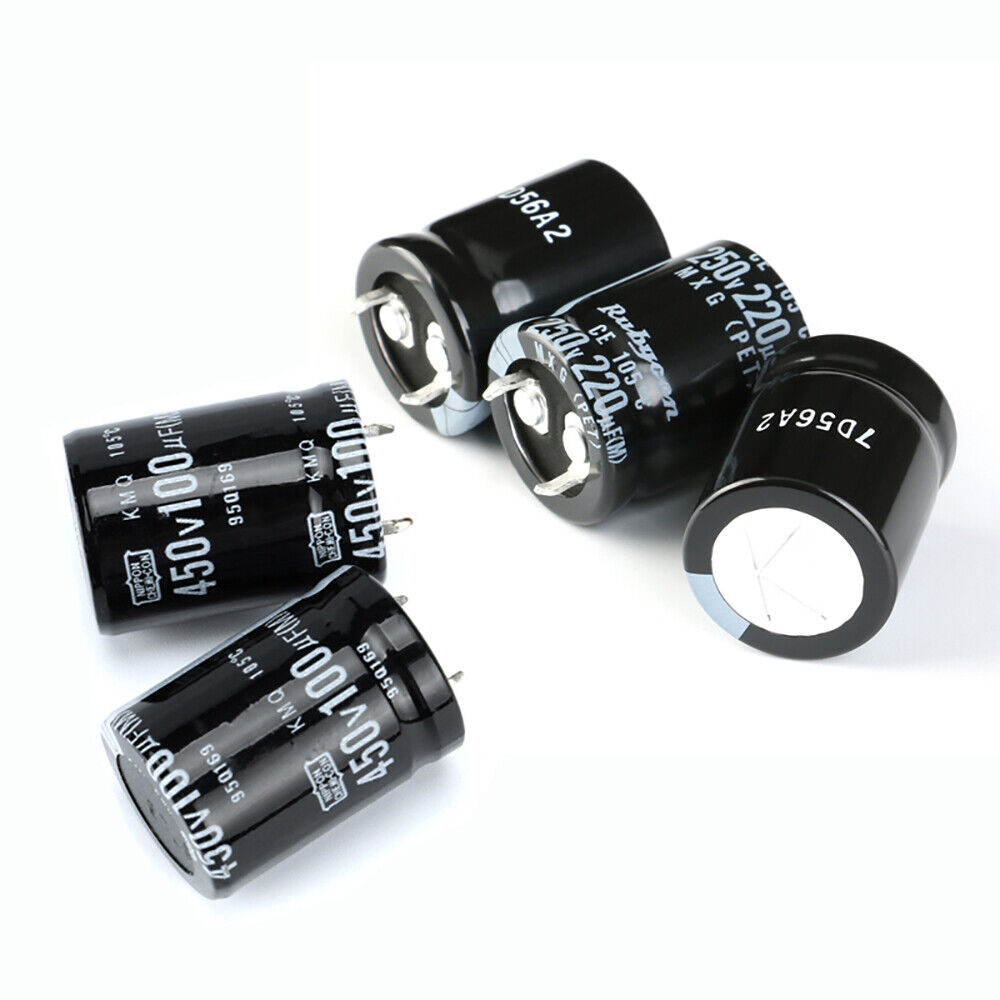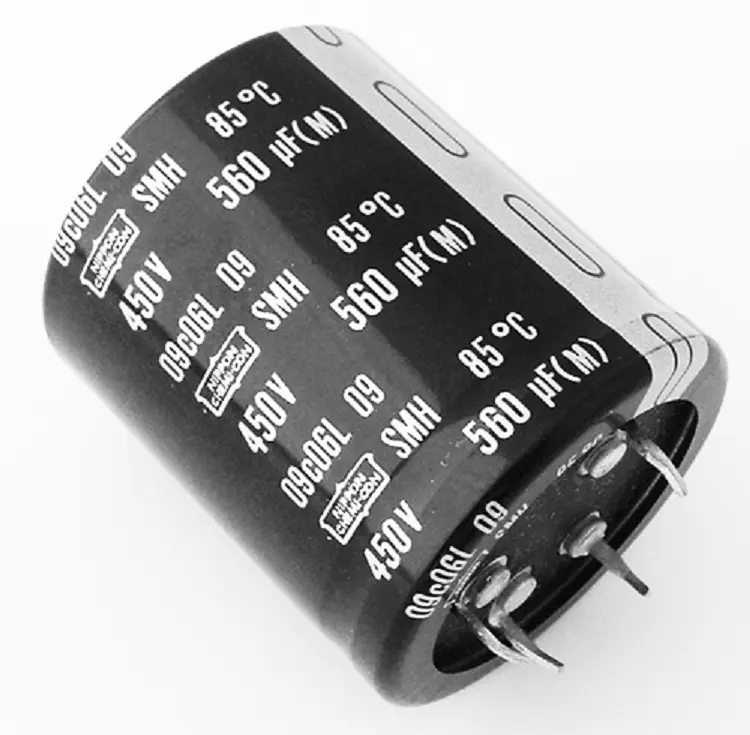In general, it is possible to replace a capacitor with a higher voltage rating (e.g., replacing a 250V capacitor with a 450V capacitor). However, there are a few important considerations to keep in mind.
- Ensure the new capacitor’s voltage rating is equal to or higher than the original’s for safety.
- Check if the new capacitor fits in the available space.
- Match the new capacitor’s capacitance closely to the original’s.
- Ensure the new capacitor’s properties suit your circuit’s needs.
- Check if the new capacitor’s characteristics match your circuit’s requirements.
- Consult professionals for critical or regulated applications to ensure compliance. Incorrect replacement can harm the circuit.
What Are The Key Factors to Consider When Replacing a Capacitor?
In the realm of electronic systems, the meticulous replacement of capacitors hinges upon a profound understanding of several pivotal factors.
Voltage Rating:
Importance of Voltage Rating: The voltage rating of a capacitor is a critical specification that indicates the maximum voltage the capacitor can handle without breaking down.
However, when replacing a capacitor, it’s crucial to ensure that the new capacitor’s voltage rating is equal to or higher than the original capacitor’s rating.
Additionally, this prevents the risk of electrical breakdown, which could damage the capacitor or the circuit it’s connected to.
Safety Margin Against Voltage Spikes: Capacitors can experience voltage spikes or fluctuations in real-world circuits due to various factors such as power surges or switching events.
Opting for a replacement capacitor with a higher voltage rating than the original provides a safety margin against these spikes.
Moreover,tThis safeguard helps maintain the integrity of the capacitor and the circuit, enhancing overall reliability.
Physical Fit:

Space Constraints: Electronic circuits often have limited space for components. When considering a replacement capacitor, ensure that the physical dimensions of the new capacitor are compatible with the available space.
Moreover, oversized capacitors may not fit properly, leading to issues with installation and potential interference with neighboring components.
Compatibility with Available Area: Apart from simply fitting within the available space, it’s important to consider factors like lead spacing and mounting options.
In addition, some capacitors may have different lead arrangements or orientations, requiring careful evaluation to ensure proper placement and soldering.
Capacitance Value:
Matching Capacitance Values: Capacitance is a measure of a capacitor’s ability to store charge. When replacing a capacitor, aim to select a replacement capacitor with a capacitance value that closely matches the original.
Moreover, this is particularly important in circuits where the capacitor’s role is defined by its specific capacitance value, such as in timing circuits or filter networks.
Effects of Differing Capacitance Values: Basically, using a replacement capacitor with a significantly different capacitance value can impact the circuit’s behavior. Moreover, higher capacitance can lead to longer charge/discharge times, altering circuit timing.
On the other hand, lower capacitance may result in reduced filtering effectiveness in power supply circuits. Therefore, maintaining the original capacitance value is advisable unless circuit modifications are planned.
Application Compatibility:
Circuit-Specific Properties: Different capacitor types possess specific properties that suit varying applications.
For example, electrolytic capacitors are good for high capacitance applications, while ceramic capacitors offer stability in high-frequency circuits. Consider the original capacitor’s type and characteristics, and choose a replacement that aligns with the circuit’s requirements.
Importance of Characteristics in Various Applications: The chosen capacitor’s properties, such as Equivalent Series Resistance (ESR) and Equivalent Series Inductance (ESL), can impact performance.
In audio circuits, low ESR capacitors are often preferred for better sound quality. In high-frequency circuits, low ESL capacitors minimize signal loss.
Evaluating these characteristics is vital for maintaining or enhancing circuit performance.
Compatibility with Circuit:
Circuit Behavior and Performance: Capacitors can influence a circuit’s response time, stability, and filtering capabilities. Replacing capacitors with similar characteristics helps maintain the intended circuit behavior.
Sudden changes in capacitance properties might lead to unexpected circuit responses or instability.
Implications of Using Different Capacitors: Substituting capacitors without considering their electrical properties can affect circuit performance.
For instance, changing a capacitor’s dielectric material can impact its temperature stability or leakage characteristics.
Moreover, understanding the capacitor’s role within the circuit is essential for making informed replacements.
Safety and Regulations:
Following Guidelines and Standards: Industries like aerospace, medical devices, and automotive have stringent regulations. Replacements in such applications must adhere to established guidelines to ensure safety and reliability.
Components must meet specific standards to prevent failures that could have serious consequences.
Importance in Critical or Regulated Applications: Critical systems, where failure can lead to significant financial or safety implications, demand careful component selection.
Capacitor replacements in these contexts require rigorous testing and validation to guarantee proper functioning under various conditions.
What Are The Steps for Successful Capacitor Replacement?

Mastering the art of successful capacitor replacement entails a strategic sequence of steps that ensures optimal performance and longevity in electronic circuits.
Assessing the Original Capacitor:
Voltage Rating and Capacitance Value: Carefully identify and record the voltage rating and capacitance value of the original capacitor.
Moreover, this information is essential for selecting an appropriate replacement. The voltage rating ensures safety, while the capacitance value defines the capacitor’s role in the circuit.
Circuit Specifications: Understand the circuit in which the capacitor is employed. Note the circuit’s function, voltage levels, and current requirements.
Additionally, some circuits might be more sensitive to changes in component characteristics, necessitating precise replacements.
Selecting a Suitable Replacement Capacitor:
Matching Voltage Rating: Choose a replacement capacitor with a voltage rating that is equal to or higher than the original capacitor’s rating.
Moreover, this prevents voltage breakdown and ensures the circuit’s stability under varying conditions.
Matching or Closely Matching Capacitance Value: For capacitors that play a specific role in timing, filtering, or resonance.
Moreover, it’s crucial to select a replacement capacitor with a capacitance value that matches or closely matches the original. This maintains the circuit’s intended behavior.
Verifying Physical Compatibility:
Checking Dimensions and Space: Measure the dimensions of the original capacitor and ensure that the replacement capacitor’s physical size matches or fits within the available space. Oversized or misaligned components can disrupt the circuit layout.
Ensuring a Proper Fit: Besides size, verify that the replacement capacitor’s lead spacing matches the original, ensuring a smooth soldering process.
Additionally, consider the orientation of the capacitor and any adjacent components to prevent interference.
Ensuring Application Suitability:
Understanding Circuit Requirements: Study the circuit’s specifications, including its frequency range, operating environment, and expected performance.
Additionally, this knowledge helps you choose a replacement capacitor that aligns with the circuit’s needs.
Selecting Capacitors with Appropriate Properties: Depending on the circuit’s requirements, select a replacement capacitor with suitable characteristics such as low Equivalent Series Resistance (ESR) for power filtering applications or low Equivalent Series Inductance (ESL) for high-frequency circuits.
Installation and Testing:
Proper Soldering and Connections:
During installation, follow proper soldering techniques to ensure secure connections without causing damage to the component or the circuit board. Incorrect soldering can lead to poor connections or even component failure.
Testing the Circuit’s Functionality:
After replacement, test the circuit’s functionality under normal operating conditions. Monitor for any unexpected behaviors, deviations from expected performance, or signs of instability.
In addition, this testing phase is essential to catch any issues early and ensure the circuit operates as intended.
FAQ’s
Is it OK to replace a capacitor with a higher voltage rating?
Yes, it’s generally acceptable to replace a capacitor with a higher voltage rating, as long as other specifications match and the capacitor physically fits. This provides a safety margin against voltage spikes.
Can I use a 450V capacitor on 240V?
Yes, using a 450V capacitor on a 240V circuit is safe. The capacitor’s voltage rating should be equal to or higher than the circuit voltage to prevent breakdown.
Is it OK to use a higher capacitor?
Using a higher capacitance value can alter circuit behavior. It’s crucial to ensure the circuit can handle the change and that the capacitor’s role remains appropriate.
Does VAC matter on a capacitor?
Yes, VAC (volts alternating current) is important in capacitor selection. It signifies the capacitor’s voltage rating for AC circuits, ensuring safe operation without breakdown.
Can I use a 450V capacitor instead of 370V?
Yes, using a 450V capacitor instead of a 370V one is safe, given the increased voltage margin. Ensure the capacitance value and physical fit are suitable.
What happens if you oversize a capacitor?
Oversizing a capacitor can affect circuit timing and performance. It might lead to longer charge/discharge times or disrupt the intended circuit behavior.
Can I use a 440V capacitor instead of 220V?
Yes, using a 440V capacitor in place of a 220V one is acceptable. Ensure it fits physically and that its voltage rating exceeds the circuit’s requirements.
Can I use a 370V capacitor instead of a 250V?
Yes, you can replace a 250V capacitor with a 370V one, as long as the physical fit and capacitance value match the original component.
Can I replace a 200V capacitor with a 400V?
Yes, replacing a 200V capacitor with a 400V one is permissible, provided other specifications align. The higher voltage rating offers added safety against voltage fluctuations.
Conclusion
Finally, the process of replacing capacitors in electronic circuits is a crucial undertaking that demands careful consideration and attention to various factors.
By understanding the intricacies of capacitor replacement and following a systematic approach, successful outcomes can be achieved while maintaining the integrity and performance of the circuit.
In addition, recognize the importance of factors such as voltage rating, capacitance value, physical fit, and application suitability. These aspects collectively define the capacitor’s role and compatibility within the circuit.











